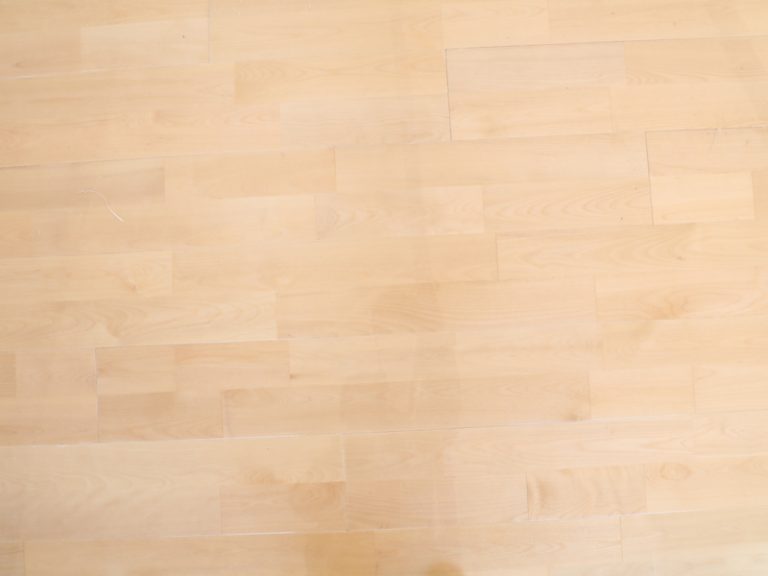Planning a Squash Court? Start with the Right Flooring
When constructing or renovating a squash court, one of the most critical elements is the squash court flooring. It’s not just about aesthetics—flooring affects player movement, ball behavior, injury prevention, and long-term maintenance.
Whether you’re designing a private court, a club-level facility, or a tournament-standard arena, the flooring you choose will determine how well your court performs.
What Makes Squash Court Flooring Unique?
Squash is a high-speed game with quick sprints, pivots, and dives. The court surface must support dynamic movements without compromising safety. Ideal squash court flooring should offer:
✔️ High Elasticity: To absorb shock and protect joints
✔️ Consistent Ball Rebound: For predictable gameplay
✔️ Anti-slip Surface: Especially under sweaty conditions
✔️ Dimensional Stability: Withstands temperature and humidity fluctuations
✔️ Compliance with WSF Standards: Essential for competitive use
Best Materials for Squash Court Flooring
Hardwood Flooring (Maple or Beech)
Most common in professional courts
Strong, elastic, and offers uniform ball bounce
Requires proper subfloor systems for shock absorption
Engineered Sports Flooring Systems
Layered construction: surface hardwood + shock-absorbing base
Offers improved moisture resistance and dimensional stability
Ideal for multi-use indoor sports facilities
Synthetic Sports Surfaces (Less common for squash)
Durable and cost-effective for recreational use
Not preferred for pro-level or fast-paced squash play
Installation Tips for Squash Court Flooring
🧱 Level Subfloor: Ensures uniform flooring performance
💧 Moisture Control System: Essential to prevent warping
🛠️ Proper Line Marking: Use non-slip, regulation markings
📐 Wall-to-Floor Seam Finish: Prevents ball “dead spots” at boundaries
Always use experienced squash court installers and certified materials to ensure long-term quality and safety.
Maintenance & Longevity
A well-maintained squash court floor can last 15–25 years. To extend its life:
🧹 Clean daily to remove dust and sweat
🌬️ Maintain stable indoor humidity (around 50%)
🔄 Refinish every 3–5 years depending on usage
🧪 Avoid harsh chemicals that can damage finishes
Final Thoughts: Flooring Is the Foundation of a Great Game
The performance of a squash court depends heavily on the floor beneath your feet. Investing in high-quality squash court flooring ensures players have the grip, bounce, and support they need—whether they’re training or competing at the highest level.


